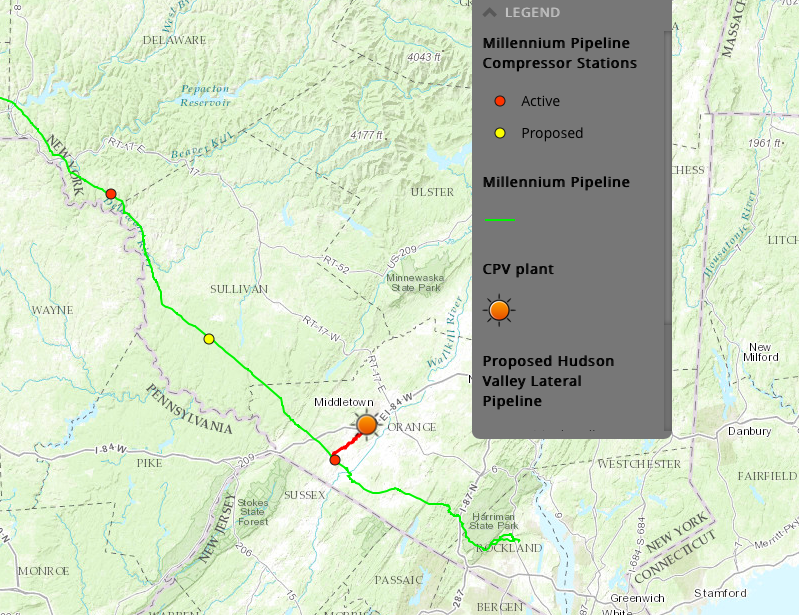Are you considering a solar energy system for your home or business in New York, but want to know more about the costs and benefits before making a decision? In this article we look at the reasons why going solar is a good idea in New York, and also examine the various incentives and financing options that may be available to you if you are a New York resident.
How much do solar panels cost in New York in 2017?
The average solar panel system size in the U.S. is 5 kilowatts, so to get a range for the average price of solar in New York we examined average prices for 5kW systems after tax rebates. The current price range is between $9,791 – $14,356 in Florida, far below the national average for cost of solar of $12,500, once the additional state incentives are included.
New York state already a leader in solar energy
New York is no slouch when it comes to solar – it ranks in the top 10 solar states in terms of total installed solar capacity. And even bigger things are in store for solar’s future in the Empire State: With the introduction of its progressive Reforming the Energy Vision (REV) proceedings, New York state is making strides to turn itself into a solar powerhouse.
Additionally, the NY Sun Initiative (which will eventually be brought under the REV policy umbrella) has set a goal of 3 gigawatts (GW) of solar capacity to be installed in the state by 2023 – that’s more than eight times the 338 megawatts (MW) currently installed. How is it going to reach this goal? By encouraging market growth making sure that solar systems continue to be a financially attractive option for homes and businesses across the state.
More and more New Yorkers are discovering that solar makes sense for them. Here are some of the reasons why:
- Solar helps New York residents save money on their electricity bills: Utility electricity rates in NY are among the highest in the nation, even as solar is becoming more affordable. This means that solar will help you reduce your power bills – whether you purchase your solar panel system (with cash or with a solar loan) or go solar with a solar lease or power purchase agreement (PPA).
- Solar panels are a great investment in New York: In fact, New York City was recently ranked #1 on a list of the top cities for investing in solar in the US. Purchasing your solar system would be a great way to put your money to work: In New York, the average solar power system will pay for itself in 7 years. But even if you know that a cash purchase is not a realistic option for you, you could consider a $0-down solar loan, which offers attractive returns with little or no up-front cost.
- Solar panels will increase the value of your property: If you purchase your system outright or finance it with a loan, your system will increase the value of your property by about 3%. More and more studies demonstrate that this is the case. A recent study by the Berkley National Laboratory confirms that the nation-wide trend also applies to New York homes.
- Federal and New York state subsidies make solar a sweet deal: On top of the federal government’s 30% Investment Tax Credit (ITC) for solar (which is set to expire at the end of 2016), New York also has a robust incentive framework of its own, including the Megawatt Block Incentive, a solar net-metering policy that ensures that your utility company pays you a fair rate for your extra solar power, and a state tax credit of up to $5,000.
- Solar helps you cut your greenhouse gas emissions in New York: By going solar you will also reduce your carbon emissions. Utility electricity in New York comes primarily from burning natural gas (as per the graph below). Natural gas, while ‘cleaner’ than coal, is still a significant source of greenhouse gas emissions. (Read more about the environmental benefits of going solar.)

A breakdown of electricity generation in New York State by source for the year 2013. Note that solar energy barely registers – so far.
Are you interested in learning more about the benefits of going solar? Check out our comprehensive resource on the topic: Why go solar?
The 3 best ways to go solar in New York
Going solar is a great way for New York residents to save money, as we’ve noted above. And thanks to the state’s growing rooftop solar market, there are likely to be lots of solar installation companies competing for your business, no matter what part of the state you live in.
There are three main ways that you can go solar in New York. All of these options are available in New York State through various solar installation and financing companies. They are:
- Purchase your pv system with cash
- Purchase your solar array by financing it with a solar loan
- Sign up for a third party-owned solar lease or power purchase agreement (PPA) arrangement
Additionally, if you do not have a roof of your own (e.g. because you rent your house or live in an apartment block), joining a community solar garden is now a popular option for solar shoppers in New York thanks to Governor Cuomo’s efforts!

